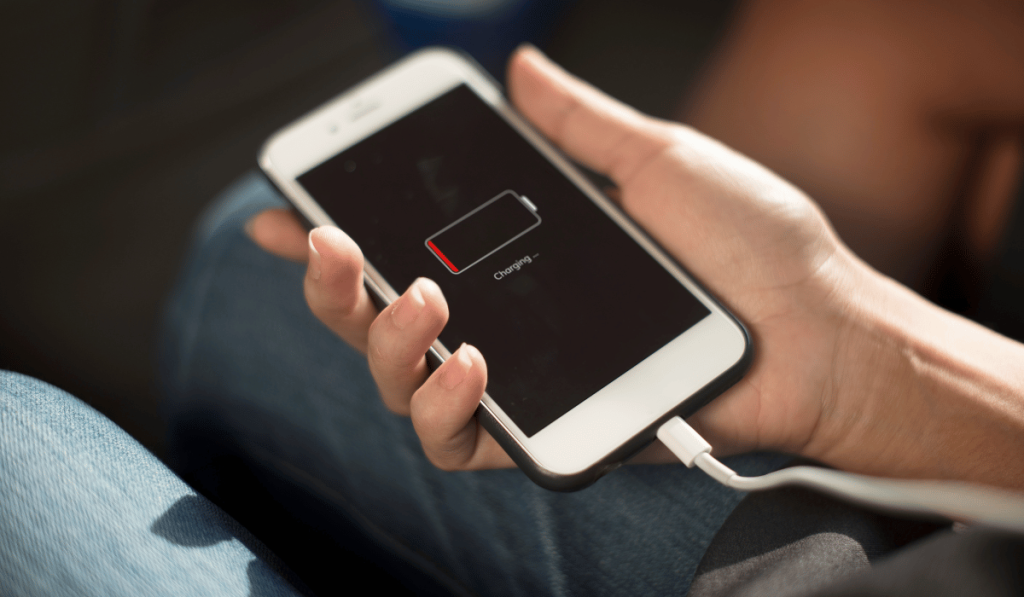From your morning alarms to midnight scrolling, your iPhone is in constant use. But how long does an iPhone battery actually last? And how can you make it last longer—both per charge and over the years?
In this comprehensive guide, we explore iPhone battery life in two dimensions:
- Battery Life: How long your iPhone lasts on a single charge.
- Battery Lifespan: How many years and cycles before your battery degrades.
We’ll also break down the myths, show you how to check your battery health, and provide step-by-step tips to extend its life—all optimized for 2025’s iPhone lineup.
Key Terms (Definition List)
- Battery Life: The number of hours your iPhone can run on a full charge before needing to be recharged.
- Battery Lifespan: The total number of charge cycles your iPhone battery can endure before its maximum capacity significantly drops.
- Cycle Count: A single full 100% battery drain, accumulated over multiple partial charges.
- Battery Health: A feature in iOS that shows the current maximum capacity of your battery compared to when it was new.
Optimized Battery Charging: An iOS setting that reduces battery aging by learning your charging habits.
iPhone Battery Capacity and Expected Lifespan
Below is a breakdown of battery capacity, average usage time, and lifespan expectancy across recent iPhone models:
iPhone Model | Battery Size (mAh) | Video Playback (Hours) | Estimated Cycles to 80% Health | Approx. Lifespan (Years) |
iPhone SE (2022) | 2,018 | 15 | ~500 | 2–3 years |
iPhone 11 | 3,110 | 17 | ~500 | 2.5–3 years |
iPhone 12 Pro | 2,815 | 17 | ~500 | 2–3 years |
iPhone 13 Pro Max | 4,352 | 28 | ~500 | 3+ years |
iPhone 14 Pro | ~3,200 | 23 | ~500 | 2.5–3 years |
iPhone 15 Series | Varies | Up to 29+ | ~500 | 3+ years |
Apple rates its iPhone batteries to retain 80% of original capacity after 500 full charge cycles, which roughly equals 1.5 to 3 years, depending on usage.
What Affects iPhone Battery Lifespan?
- High or low temperatures: Heat speeds up chemical aging. Cold temporarily reduces capacity.
- Fast charging: Generates more heat and strain.
- Frequent full charges or deep drains: Using from 100% to 0% too often shortens lifespan.
- High screen-on time or 5G usage: Draws heavy power, especially with brightness maxed.
Background processes: Apps running location services or auto-refreshing.
How to Check Your iPhone Battery Health?
Use Apple’s built-in tool to view Battery Health:
1. Open Settings
2. Tap Battery
3. Tap Battery Health & Charging
4. View Maximum Capacity and Peak Performance Capability
If the capacity drops below 80%, you may see a message suggesting battery replacement. You can also check cycle count using analytics or apps like coconutBattery (for macOS).
Best Practices to Extend iPhone Battery Life
Implement these daily habits to stretch your battery’s health and lifespan:
- Keep charge between 20–80%: Avoid full charges or total drains regularly.
- Enable Optimized Battery Charging: Go to Settings > Battery > Battery Health & Charging.
- Avoid overnight charging: Especially if not using Optimized Charging.
- Use official Apple or MFi-certified chargers: Cheap cables can degrade battery health.
- Keep iPhone cool: Avoid using it under the sun or while charging in hot environments.
Limit background activity: Disable Background App Refresh for non-essential apps.
Common iPhone Battery Myths Debunked
Myth | Reality |
You must fully discharge your battery | Modern Li-ion batteries prefer partial discharges. |
Closing background apps saves battery | Not always; reopening apps uses more power in some cases. |
Fast charging destroys your battery | It generates heat but is safe if managed properly via iOS systems. |
Battery replacement is always expensive | Apple offers affordable battery replacements for most models. |
When Should You Replace Your iPhone Battery?
- Battery Health is under 80%
- iPhone slows down or shuts off unexpectedly
- Charging takes longer than usual
- iPhone feels unusually hot often
Battery replacements via Apple range from $49 to $99, depending on the model. But if your iPhone is already showing major wear, you might consider selling your used iPhone to Gizmogo for instant cash and upgrading to a newer model.
Summary: So, How Long Does an iPhone Battery Last?
- On a full charge: 15 to 29 hours, depending on the model and usage
- Overall lifespan: 2 to 3+ years, or around 500 cycles
Action Points:
- Check your iPhone’s Battery Health today
- Apply 20–80% charging rule
- Avoid extreme heat
- Use Optimized Battery Charging
- Replace battery when needed
By understanding your iPhone battery’s behavior and limits, you can extend its useful life and performance well into the future.
Want to Trade In Your iPhone with a Weak Battery?
If your iPhone battery isn’t holding up like it used to, don’t toss it. Platforms like Gizmogo offer a fast, hassle-free way to sell your used device—even with battery wear. You’ll get competitive offers and avoid the risks of marketplace scams or lowball trade-ins.
Stay charged and stay informed. A healthy iPhone battery powers more than your phone—it powers your day.



One Response
New porn sites bring innovative content for adult
entertainment. Explore trusted porn hubs for a modern experience.
Also visit my web page … Buy Tadalafil Online